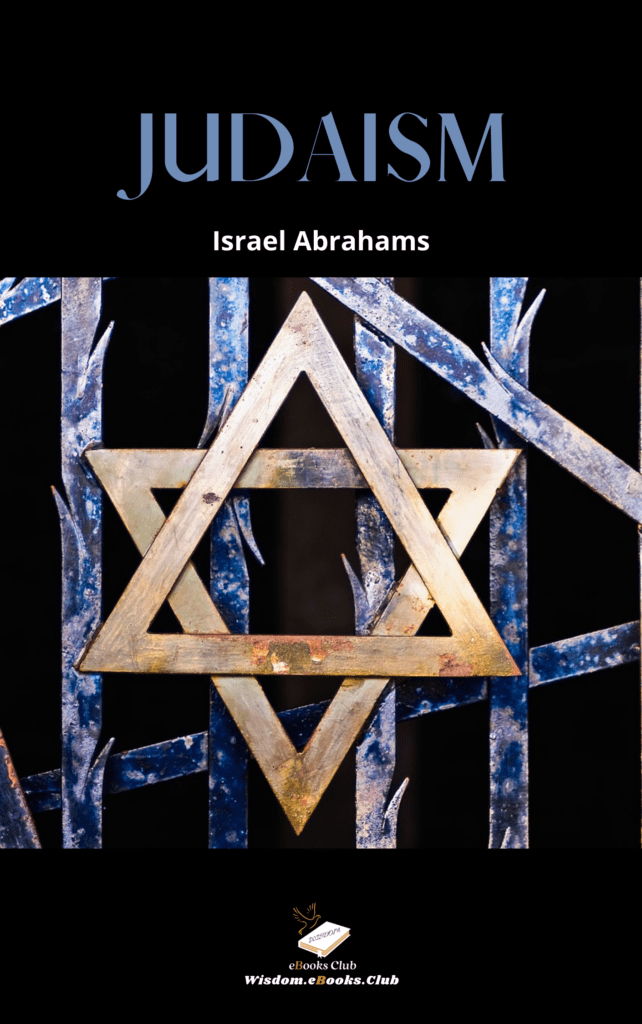
The Hebrew religion, also called Judaism , is the oldest monotheistic religion in the world at roughly 4,000 years old. Adherents of Judaism believe in one God (Yahweh) who revealed himself through the prophets of old. The history of the Hebrew religion (Judaism) is vital to our comprehension of the Jewish beliefs, which has a strong custom of law, culture and heritage. There are currently about 14 million Jews worldwide. Most of them live in the United States and Israel. Hebrew’s believe there’s only one God (Yahweh) and he has formed a covenant with them. Their God reveals himself to his followers through the ancient prophets and rewards the good people and punishes the sinful. The majority of Jews do not believe the Messiah has come yet, but that he will come in the future. Jewish people worship in holy places called synagogues, and their spiritual leaders are called rabbis. The six-pointed Star of David is the symbol of Judaism.
Jewish people worship in holy places called synagogues, and their spiritual leaders are called rabbis. The six-pointed Star of David is the symbol of Judaism.
The name of the consecrated text of the Hebrew people is the Tanakh or the “Hebrew Bible.” It consists of the books in the Old Testament of the Christian Bible, arranged differently. The first five books of the Tanakh are called the Torah, which describes the laws Hebrews must observe.
Religious Texts
The Torah explains the roots of the Hebrew faith. Yahweh (God) revealed himself to Abraham, who is known as the originator of the Hebrew religion. Hebrews believe that Yahweh (God) made a personal covenant with Abraham, and that his descendants were the chosen people who would build a great nation. Abraham’s son Isaac, and his grandson Jacob, also play significant roles in ancient Hebrew history. Jacob was given the name Israel, and his offspring and subsequent generations were known as Israelites. Over 1,000 years after Abraham, the prophet Moses brought the Israelites out of Egypt, after 400 years of slavery. Yahweh (God) revealed his laws, known as the Ten Commandments, to Moses at Mt.
Around 1000 B.C., King David became ruler of the Hebrew nations, after he slew the giant Goliath, and his heir Solomon erected the first holy Temple in Yerushalem (Jerusalem). In 931 B.C. the Kingdom separated and the Hebrew nations divided into 2 groups: Judah in the South and Israel in the North. Around 587 B.C., the Babylonians demolished the 1st Temple and drove many Hebrews into exile. They constructed the 2nd Temple around 516 B.C., and the Romans demolished it in 70 A.D. The demolition of the 2nd Temple was noteworthy because Hebrew communities no longer had a primary gathering place.
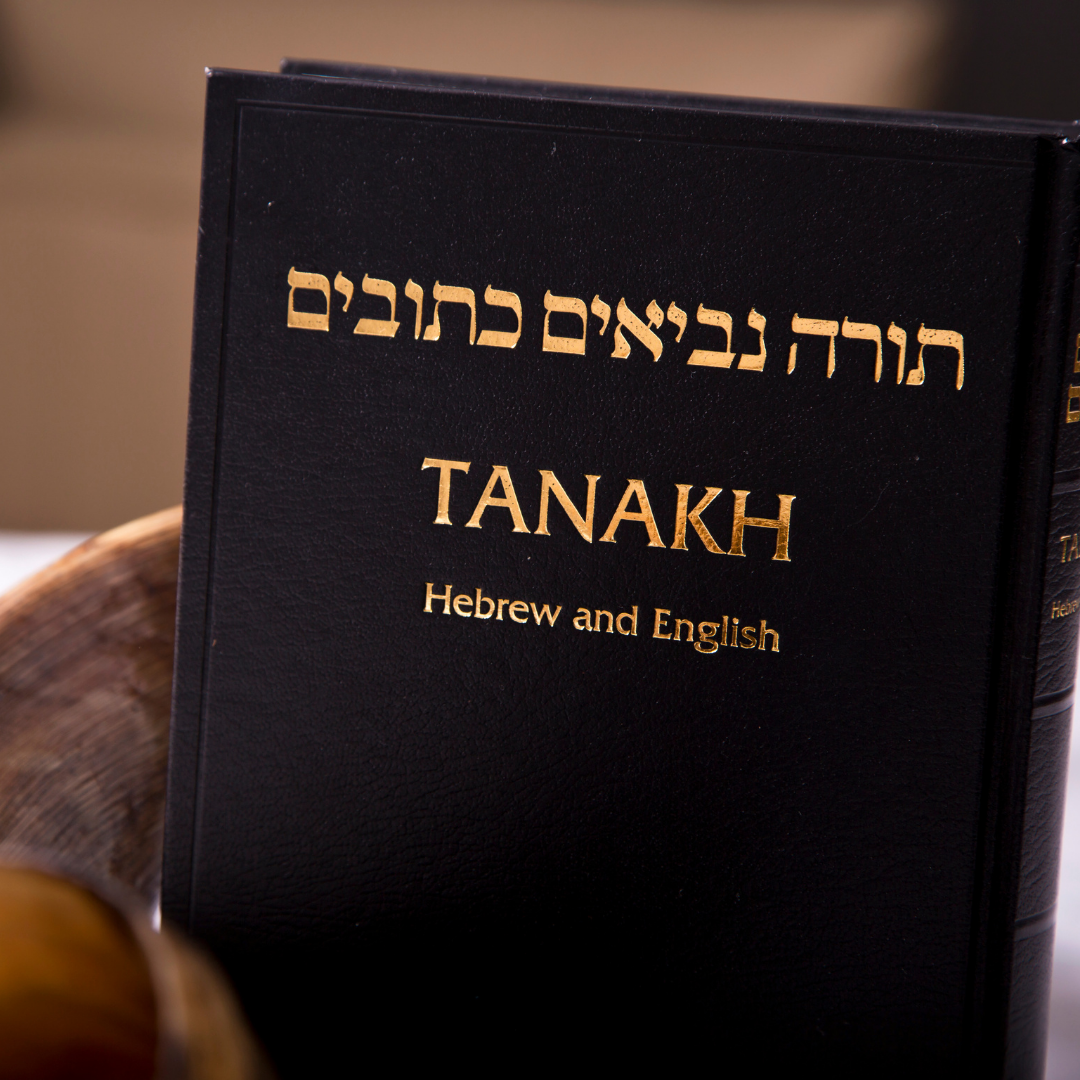 Tanakh
Tanakh
Although the Tanakh, which contains the Torah, is Judaism’s most hallowed document, many supplemental documents were produced in future years. They provided understanding of how the Tanakh should be construed and wrote down the oral laws that weren’t recorded already. Around 200 A.D., academics assembled the Mishnah, a guidebook that defines and clarifies the Jewish code of law that was verbally transmitted before.
The Talmud, a compilation of instructions and commentaries on Jewish law, was established later.
The Talmud incorporates the Mishnah and the Gemara, a study of the Mishnah. It consists of the explanations of thousands of rabbis and focuses on the relevance of the 613 commandments of Jewish law. The original adaptation of the Talmud was finished during the 3rd century AD, and they finished the 2nd version in the 5th century AD. Judaism has additional written texts and commentaries, such as the “13 Articles of Faith” by the Jewish philosopher Maimonides.
Hebrew Sabbath and Biblical High Holy Days
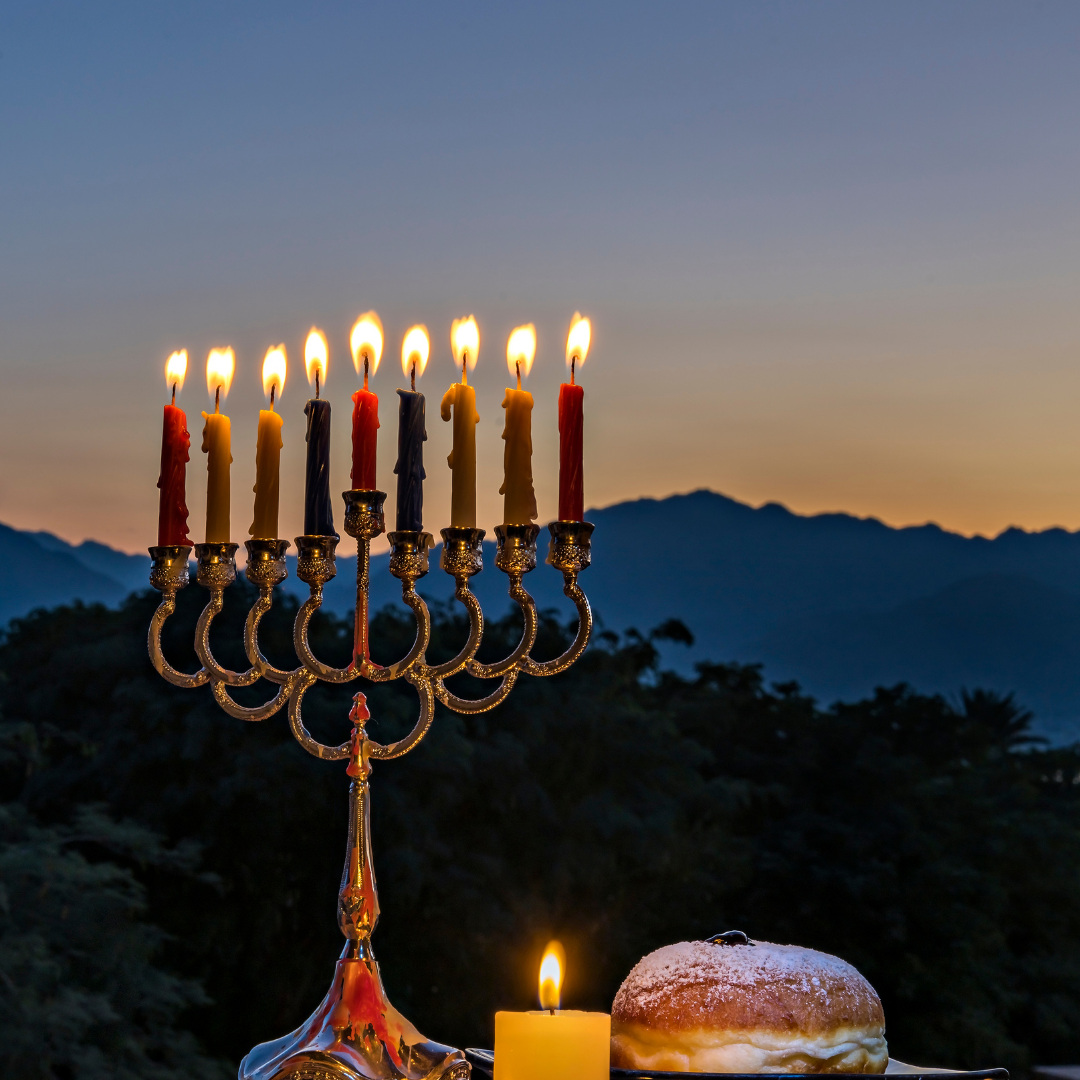
Shabbat (Sabbath) is a day of rest and prayer for Hebrews. It starts at sunset on the 6th day of the week (Friday) and finishes at sunset on the 7th day (Saturday). The period from noon on the 6th day (Friday) until sunset on the 6th day is known as Shabbat Preparation time. Orthodox and Conservative Jews abstain from physical work, using any electronic device or any other activities not allowed on Shabbat. The majority of practicing Jews observe Shabbat by reading and debating the Torah, or going to a synagogue or socializing with other Jews.
The Talmud, a compilation of instructions and commentaries on Jewish law, was established later. The Talmud incorporates the Mishnah and the Gemara, a study of the Mishnah. It consists of the explanations of thousands of rabbis and focuses on the relevance of the 613 commandments of Jewish law. The original adaptation of the Talmud was finished during the 3rd century AD, and they finished the 2nd version in the 5th century AD. Judaism has additional written texts and commentaries, such as the “13 Articles of Faith” by the Jewish philosopher Maimonides.
Pesach (Passover): Pesach (Passover) is 7 days long and occurs in the spring, it is considered a moment of birth and newness, a time to rise up. It is a festival to commemorate the Hebrew people’s emancipation from slavery in Egypt. Specifically, Pesach (Passover) relates to the biblical narrative of when Yahweh (Hebrew God) “passed over” the homes of Hebrew families, sparing their firs-born, during a plague that killed all of the other first-born babies in Egypt.
Shavout (Feast of Weeks, Pentecost): Shavout is a festival of revelation which occurs 7 weeks and 1 day (50 days) after Pesach, at the onset of summer. It is the moment where the Hebrew people met Yahweh (Hebrew God) face to face on Mt. Sinai to receive the 10 Commandments and the Torah. It is a spiritual process where the potential becomes a reality.
Sukkot (Feast of Huts): Sukkot is a festival of ingathering, of reaping the benefits of all our works, it occurs after the harvest in the fall. Sukkot is a time of fulfillment, of rejoicing. It is the moment in history that has not happened yet, the moment of fulfillment when all work is done and Yahushua the Messiah comes.
Sh’mini Atzeret (Eighth Day of Assembly and Completion): This is the least known of all the festivals and is tacked on at the end of Sukkot, it is a signal of the onset of the upcoming winter. It is the festival of inwardness, contraction and starting over again. Sh’mini Atzeret completes the cycle, it is the seed gone underground in seeming death, but only to be ready for the spring to give new life. It is the moment of Moses’ death: the death that moves at once towards new life, towards the people crossing the Jordan into Israel, the Promised Land.
Rosh Hashanah (Top of the Year): Rosh Hashanah is the Hebrew festival to commemorate the birth of the universe and humanity. It is a feast of beginning. According to Hebrew tradition, it is the anniversary of the creation of Adam, the birthday of the human race. Today it is recognized as the Jewish New Year.
Persecution of the Jews
Events where Jewish people were persecuted or killed include:
- 1066 Granada Massacre – On December 30, 1066, a Muslim mob attacked the royal palace in Granada and slaughtered over 1,000 Jewish families.
- The Spanish Expulsion – The rulers of Spain declared a royal edict that proclaimed that all Jews who did not convert to Christianity would be expelled from the country, 200,000 Jews were exiled.
- The Spanish Expulsion – In 1492, the rulers of Spain declared a royal edict that proclaimed that all Jews who did not convert to Christianity would be expelled from the country, 200,000 Jews were exiled.
- The Holocaust – The most heinous of modern-day inhumanities, the Nazis massacred several million Jews.
The Formation of Israel
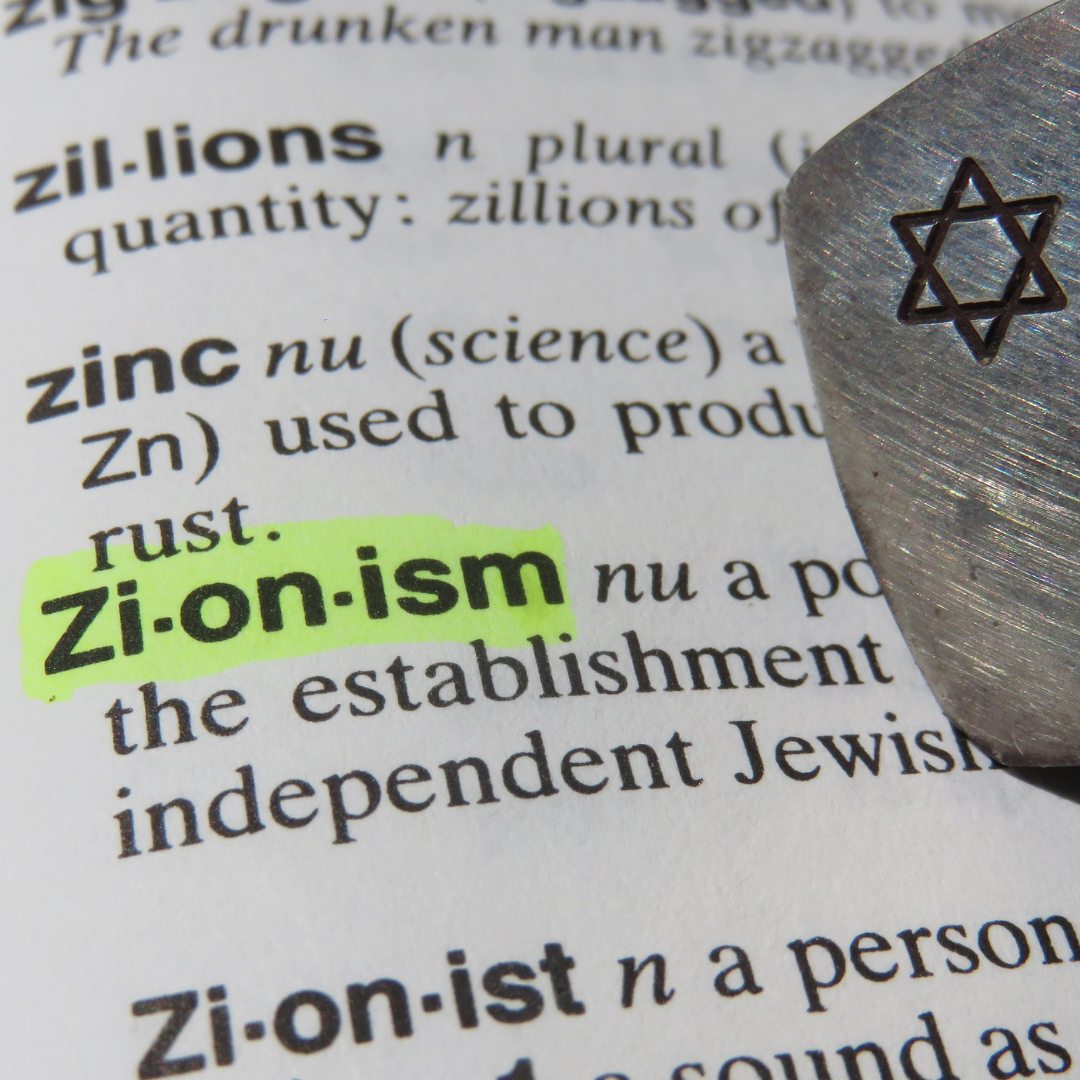
Many Jews migrated to their motherland, Palestine, during and after the Holocaust and supported Zionism, a crusade to form a Jewish state that developed in 19th-century Europe. Israel became a sovereign nation in 1948, and David Ben-Gurion became its first prime minister. This was a victory for the Jewish people who had lobbied for a sovereign state in their motherland. Tensions between the Jews and Arabs residing in Palestine have intensified in the years since they made Israel a sovereign state and continues to happen today.
There are several sects in Judaism, which include:
Orthodox Judaism: Orthodox Jews are typically known for their strict observance of traditional Jewish law and rituals. For instance, most believe Shabbat shouldn’t involve working, driving or handling money. Orthodox Judaism is a diverse sect that includes several subgroups, including Hasidic Jews. This form started in the 18th century in Eastern Europe and holds different values than traditional or ultra-Orthodox Judaism. Hasidic Jews emphasize a mystical experience with God that involves direct communion through prayer and worship. Chabad is a well-known Orthodox Jewish, Hasidic movement. supernatural
Reform Judaism: Reform Judaism is considered a liberal category of the religion that values ethical traditions over strict observance of Jewish laws. Followers promote progressive ideas and adaptation. Most of the Jews living in the United States follow Reform Judaic traditions.
Conservative Judaism: Many people consider this form of Judaism somewhere in between Orthodox and Reform Judaism. Typically, conservative Jews honor the traditions of Judaism while allowing for some modernization.
Reconstructionist Judaism: Reconstructionism dates back to 1922 when Mordecai Kaplan founded the Society for the Advancement of Judaism. This sect believes that Judaism is a religious civilization that’s constantly evolving.
Humanistic Judaism: Rabbi Sherwin Wine founded this denomination of Judaism in 1963. Humanistic Jews celebrate Jewish history and culture without an emphasis on God.
While there are various denominations of Judaism, many Jews don’t identify with a particular classification and simply refer to themselves as Jewish.
There are different factions of Judaism including:
Orthodox Judaism: Orthodox Jews are recognized for their rigid adherence of traditional Jewish law and customs. For example, they do not believe that you should handle money, work or drive on Shabbat. Orthodox Judaism is a distinct faction that comprises various subgroups, such as the Hasidic Jews. Hasidic Judaism emerged in the 18th century in Eastern Europe and has beliefs that differ from ultra-Orthodox or traditional Judaism. Hasidic Jews stress a transcendent relationship with God that forms a spiritual union through worship and prayer. Chabad, established in 1775, is the largest and best-known Orthodox Jewish Hasidic group.
Reform Judaism: Reform Judaism is a lenient faction of the religion that places significance on moral behaviors instead of rigid adherence to Jewish laws. Its devotees encourage open-mindedness and the ability to adapt. The bulk of the Jews in the United States practice Reform Judaism.
Conservative Judaism: This sect of Judaism is a mixture of Orthodox and Reform Judaism. Generally, Conservative Jews observe the customs of Judaism while permitting some modernization.
Reconstructionist Judaism: Reconstructionism Judaism was started in 1922 by Mordecai Kaplan when he founded the Society for the Advancement of Judaism. This branch considers Judaism to be a theological doctrine that evolves continuously.
Humanistic Judaism: Humanistic Judaism was started in 1963 by Rabbi Sherwin Wine. Humanistic Jews celebrate the Jewish culture and way of life without a significance on God.
Many Jews do not identify with a specific denomination and simply call themselves Jewish.
Israel Abrahams
 Israel Abrahams
Israel Abrahams
- Israel Abrahams was born in London on November 26, 1858; and died in Cambridge on October 6, 1925. He was one of the most prominent Hebrew academics of his time. He penned several books on Judaism and co-founded the newspaper Jewish Guardian.
- Israel Abrahams was schooled at Jews’ College, where his father was superintendent, and at University College in London. In 1881, he got a Master of Arts (MA) degree from University College. Abrahams instructed non-religious subjects and classes on how to preach and write sermons at Jews’ College, and became the senior instructor of the school in 1900.
- He was honorary secretary of the Jewish Historical Society of England and was an active member of the Committee for Training Jewish Teachers, the Committee of the Anglo-Jewish Association, and of several more associations of Jewish society.
- In 1889, he became joint editor of the Jewish Quarterly Review. He was a major contributor of magazine articles like his weekly editorials for the Jewish Chronicle under the title of “Books and Bookmen”, and was popular for his columns about scholarly subjects. Abrahams teamed up with Claude Montefiore to write the book Aspects of Judaism (1895). His chief works were Jewish Life in the Middle Ages (1896) and Chapters on Jewish Literature (1898), and he also helped with the Encyclopaedia Biblica (1903).
- After lecturing for numerous years at Jews’ College, Abrahams succeeded Solomon Schechter in 1902, as reader in Talmudic and Rabbinic literature at the University of Cambridge, and was granted an honorary Master of Arts (MA) degree from the University.
- In 1914 he produced a commentary on Simeon Singer’s A Companion to the Authorised Prayer Book. In 1922 he delivered the Schweich Lecture of the British Academy. He distributed the lectures under the title Campaigns in Palestine from Alexander the Great.
To see more information about this topic or other religious topics, you may check the books and magazines available at www.wisdomebooksclub.com or visit our peals of wisdom page page by clicking on this link to access more interesting blog articles, games, quizzes, music videos, religious poems, Jewish recipes, popular sermons, and more.
